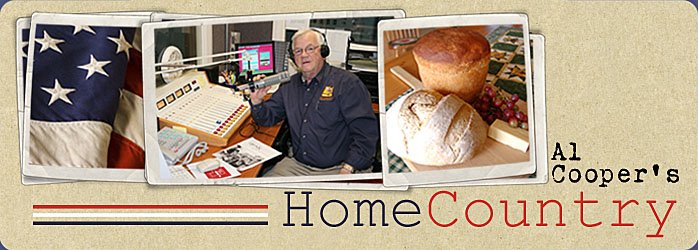You can no longer even find the town
of Coytesville on a map of New Jersey; it has long since been absorbed into the
sprawling collection of ambiguous and ever-changing bedroom communities serving
as way stations for New York City commuters. But in my circling mind it looms
ever larger in importance. Founded and laid out in the early 1800s by my
maternal great-grandfather, its’ very name is eponymous with one of my own and
its imprint lies deep in my spiritual DNA. For the first 14 years of my life it
was my home, and my own mother, like her
own, had never known any other; with family roots imbedded in the same sod
on which Washington’s rag tag army had encamped in its most desperate days and
whose musket balls and cannon shot I could find untouched beneath mere inches
of forest duff.
I thought of this once again as
another Thanksgiving celebration came and went, surrounded by three generations
of my own posterity, not one among whom has ever walked where I played
hide-and-seek beneath arching oaks which were two hundred years old, now
doubtless paved over by “progress”.
One of my Thanksgiving Day memories is of a
local tradition which saw neighborhood children dressed in colorful costumes
roaming the streets and ringing door bells, usually armed with a cast-off purse
or money bag, asking “Have ya anathin’ for Thanksgivin’?” Usually small coins
or other treats were happily handed out from stacks waiting just inside every
doorway for the playing out of a much-enjoyed event known as “Ragamuffin Day”.
As a kid I assumed that “ragamuffins” were universal; that they inhabited the
streets of every American community during this festive season. Only years
later would it dawn on me that this was not true; that ragamuffins and their
colorful antics had been born in New York City’s Brooklyn neighborhoods where
European families had settled, and from which the observation would branch out
only to nearby enclaves – obviously to my own. Popular in the 1930s and 40s, it
would die out in postwar years, and would remain only a fond memory for folks
of my generation who had lived there. Interestingly,
historians looking back on the ragamuffin parades which took place in New York
City in those largely-forgotten days believe that the famous Macy’s Thanksgiving
Day Parade had its birthing with those costume-clad clown-like ragamuffins of
bygone times.
My
favorite dictionary defines the word tradition as “the passing down of elements of culture and time-honored practices from
generation to generation”. I subscribe wholeheartedly to the belief that
traditions – whether family-centered, locally-born or widely held – are the
glue that binds us together, and endows us with a sense of identity that clings
protectively in good times and in bad. I, for one, take comfort from the notion
that if our parents and grandparents
could return for an ethereal visit to our 21st century family, they
would recognize us as their own, and find reason to take pride in the things
they passed down to us. I sometimes feel - on special occasions - that they
even sit at our table with us.
While I try hard to convince myself
that we live in the best of times, and that even better days are still ahead,
there is part of me that laments the loss of the kind of closely-knit and
caring neighborhoods of the past many of us grew up in, and I find comfort in
the words of the great Scottish poet and thinker James Barrie who wrote “God gave us the gift of memories that we
might have June roses in the November of our lives”.




No comments:
Post a Comment